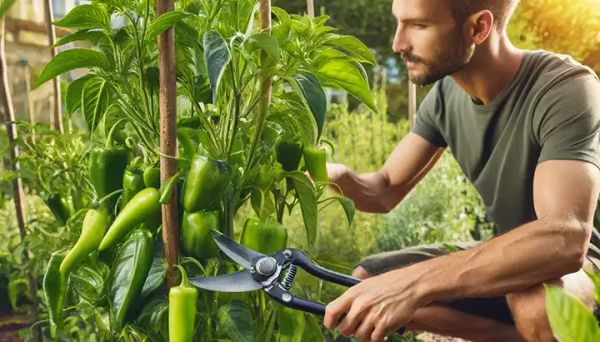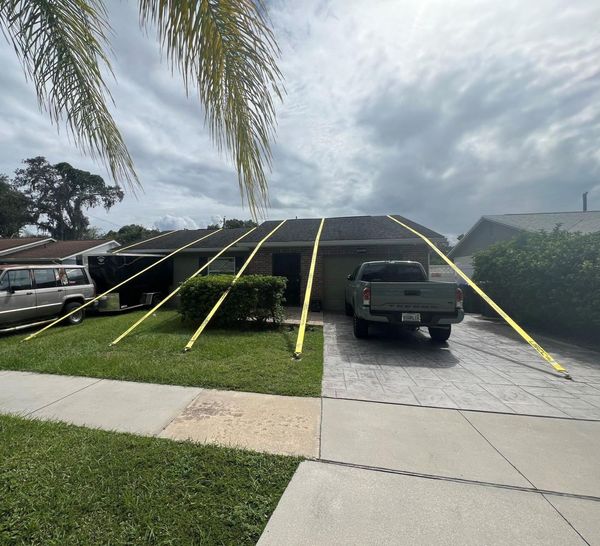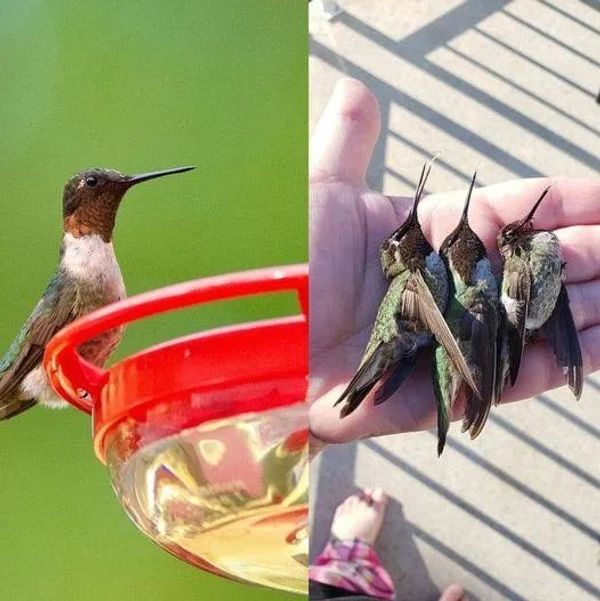
Discover the secrets to maximizing your pepper harvest by pruning your plants strategically. Pruning may seem counterintuitive, but it actually promotes healthier plants and increases fruit production. This friendly and easy-to-understand guide will show you how and when to prune your pepper plants for optimal results.
Why Prune Pepper Plants?
Better Airflow, Lesser Diseases
Pruning improves air circulation, reducing the risk of fungal diseases. Leaves can dry quicker after rain or watering, preventing diseases from taking hold.
Let the Sun In!
Removing excess foliage allows more sunlight to reach the inner parts of the plant. All leaves can then efficiently photosynthesize, boosting energy production and overall growth.
Get Bushy!
Pruning encourages pepper plants to grow bushier instead of taller. This means more branches and more flowers, resulting in a more compact plant that yields more peppers.
Quality Over Quantity
Pruning helps the plant focus on developing large, healthy fruits instead of excessive foliage. This leads to better quality peppers in terms of size, flavor, and texture.
When to Prune Pepper Plants
Early Growth Stage
Prune your pepper plants when they’re about 6-8 inches tall and have at least 4-6 true leaves. Early pruning helps shape the plant and establish a strong foundation for future growth.
After the First Fruits Set
Once the first set of fruits has formed, a light pruning can be beneficial. This helps the plant direct energy from foliage to fruit development. Be careful not to over-prune, as the plant still needs enough leaves for photosynthesis.
Mid to Late Growing Season
Throughout the growing season, perform light pruning to remove damaged, diseased, or overcrowded branches. This maintenance pruning keeps the plant healthy and productive.
Before the End of the Season
About a month before the expected first frost, consider topping off the plants to help the final set of fruits mature. Cut off the top growth to stop the plant from producing new flowers and focus on ripening existing fruits.
How to Prune Pepper Plants
Gather Your Tools
Before you start pruning, make sure you have the right tools:
- Sharp pruning shears or scissors
- Protective gloves
- Disinfectant (e.g. rubbing alcohol) to sterilize your tools
Early Pruning Steps
Remove Early Flowers: When the plant is young, with around 6-8 true leaves, pinch off any early flowers. This allows the plant to focus on establishing strong roots and foliage before fruiting.
Top the Plant: When the plant reaches about 6-8 inches in height, pinch or cut off the topmost growing tip. This encourages the plant to branch out and become bushier.
Mid-Season Pruning
Identify Suckers: Suckers are small shoots that grow between the main stem and branches. Remove them to prevent overcrowding and improve airflow.
Thin Out Foliage: Remove any leaves touching the ground or crowding the center of the plant. This reduces the risk of disease and ensures sunlight reaches the entire plant.
Prune Damaged or Diseased Branches: Regularly inspect your plants for damaged or diseased branches and promptly remove them.
Late-Season Pruning
Top Off the Plants: About a month before the expected first frost, cut off the topmost growth. This stops the plant from producing new flowers and focuses its energy on ripening existing fruits.
Remove Remaining Flowers: If the plant still has flowers or small, undeveloped fruits, consider removing them to help existing peppers mature before the end of the season.
Additional Tips for Pruning Pepper Plants
Consistent Pruning
Regular pruning throughout the growing season maintains plant health and productivity. Avoid heavy pruning, as it can stress the plant. Instead, focus on light, consistent pruning to encourage steady growth.
Fertilization
After pruning, give your pepper plants a boost with a balanced fertilizer. Look for one with equal parts nitrogen, phosphorus, and potassium to support overall plant health. Organic options like compost or fish emulsion provide slow-release nutrients.
Watering
Regular, deep watering is key to developing strong roots and juicy fruits. Avoid overhead watering to reduce the risk of fungal diseases. Consider using drip irrigation or soaker hoses.
Pest Management
Monitor your plants regularly for pests like aphids, spider mites, and caterpillars. Use organic pest control methods like neem oil, insecticidal soap, or beneficial insects to keep them in check.
Mulching
Apply mulch around the base of your pepper plants to retain moisture, suppress weeds, and regulate soil temperature. Organic mulches like straw or grass clippings also add nutrients to the soil as they decompose.
Support the Plants
As your pepper plants grow, provide support to prevent branches from breaking under the weight of the fruit. Use stakes, cages, or trellises to keep them upright and healthy.
When you properly prune your pepper plants, you’ll enjoy a bountiful harvest of delicious, healthy peppers. Regular, consistent pruning combined with proper care practices like fertilization, watering, and pest management is the key to success. For further reading and expert advice, consult gardening resources such as books, university agricultural extensions, and reputable gardening websites. Happy gardening!




